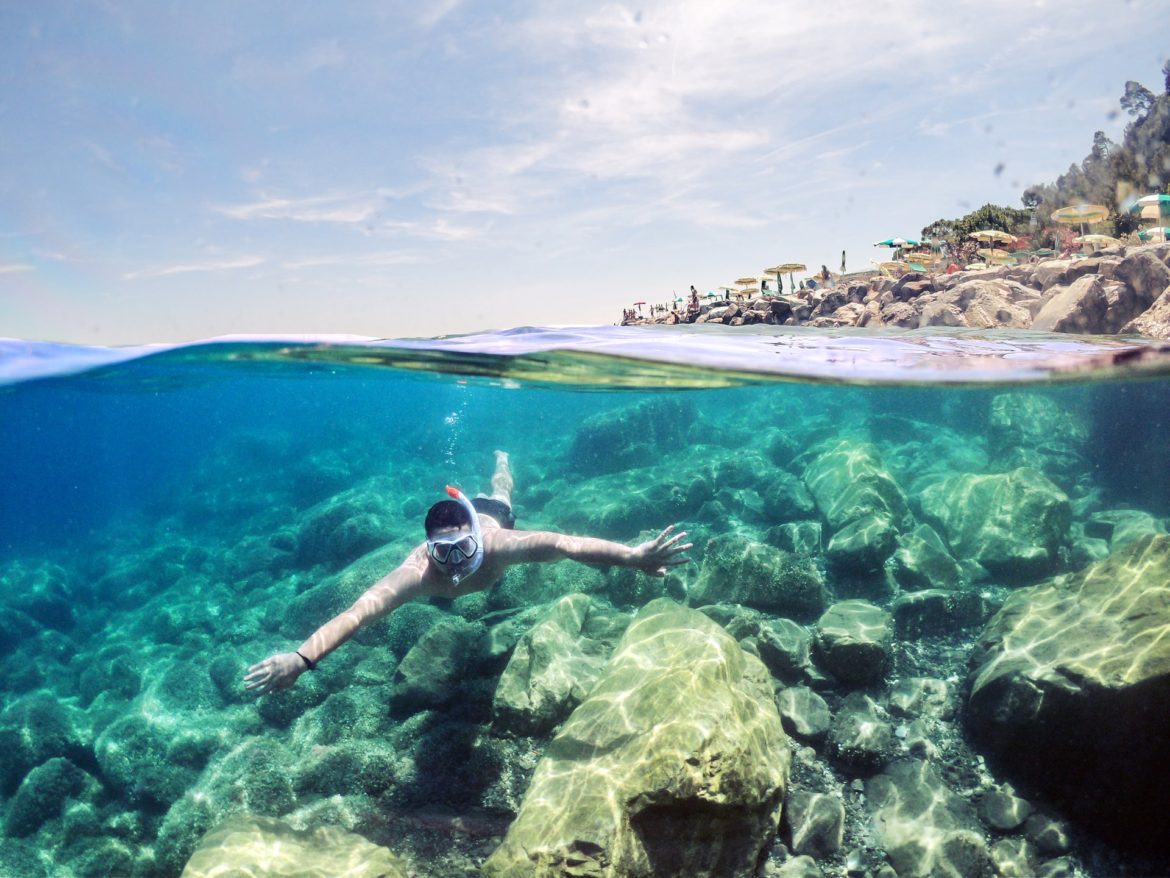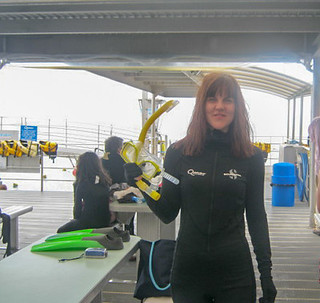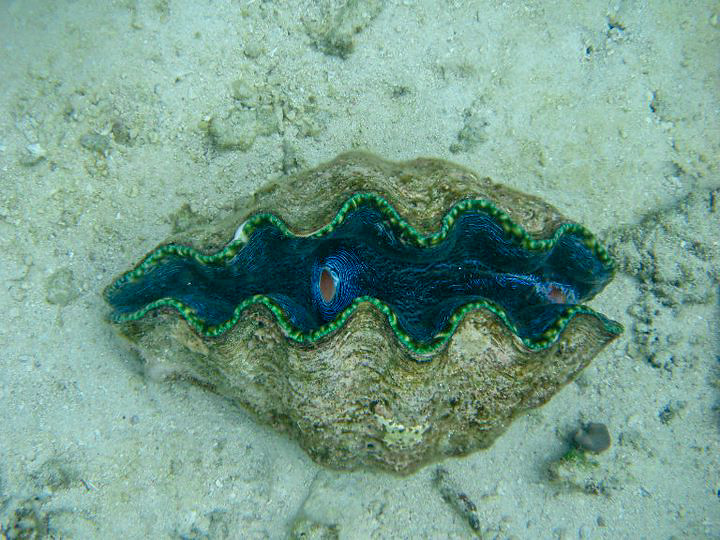Planning is essential for snorkeling the Great Barrier Reef because many of us need to journey across the planet for this unique destination. Plus, this reef has unique climates and ecosystems. I enjoyed a Snorkeling Adventure from Port Douglas to a Quicksilver Platform. Here, I experienced the Great Barrier Reef snorkeling underwater and from above by helicopter. Overall, I learned important tips that I wish to share. So, read on to discover Australia Snorkeling tips for the Great Barrier Reef.
Great Barrier Reef Overview
The Great Barrier Reef is the world’s largest coral reef system. Overall, it consists of more than 2,900 separate reef systems and 900 islands. And it stretches for over 2,300 km on the Coral Sea, off the coast of Queensland, Australia. Furthermore, its offshore distance ranges from 10 to 100 miles. Besides its monumental size, the reef is home to a vast diversity of life. For example, more than 1.500 fish species, 6 sea turtles, and 9 sea horse species thrive here.
However, now for the unfortunate news. This colossal reef system seen from space is now threatened by Climate Change, pollution, fishing and the Crown-of-Thorns Starfish. Many sources report the Great Barrier Reef lost half of its corals in the last 35 years. Coral reefs are the “Canary in the Coal Mine.” They exemplify early signs from environmental threats to the delicate balance of ecosystems. Poor water quality and overfishing of its predators cause outbreak of the Crown-of-Thorn starfish, that prey on coral polyps.
And most importantly, Climate Change warms our ocean waters, worldwide. When ocean temperatures rise too much, the coral loses their algae, living within their bodies as a symbiotic relationship. Furthermore, without algae, the coral dies and turns white, as the heartbreaking result of Coral Bleaching.
My Snorkeling Journey at the Great Barrier Reef
My experience was 100% planned for me by a tour and all my tips learned and shared come from my own journey. From Port Douglas, I enjoyed a Quicksilver Tour cruising us to their platform on the southern most end of a ribbon reef, about 72 km to the edge of Australia’s Continental Shelf. The platform offered Snorkeling Gear and Guides, an Underwater Observatory, aerial tour from a helicopter and even a delicious lunch and drinks. Overall, I can recommend this company because it suited me and most importantly, it’s Eco-Certified. Therefore, it protects the reef system, while sharing its beauty. However, don’t go when I did in the middle of summer, elaborated on in my tips.
We ventured out on the Agincourt Ribbon Reefs that run parallel to the Continental Shelf. Adjacent to the Coral Sea Trench, these ribbons are known as some of the most stunning. Just 2 km from the outer edge of these reefs, the sea floor drops to more than 500 metres deep. The clear waters from the deep ocean helps wash over these barrier reefs keeping it clean and attracting diversity.
Even though my visibility was not the best during the murkier, summer months I saw colorful parrotfish, a purple clam, butterfly fish, angel fish and sea anemone among the coral gardens. However, my goal is to return to the Great Barrier Reef for a Snorkeling Tour in the Winter months when the water is clearer.
Eight Australia Snorkeling Tips for the Great Barrier Reef
Firstly, its vital to research before embarking on a Great Barrier Reef Adventure. There are many ways to explore it and one needs to keep in mind it’s a barrier reef, meaning it lives offshore, requiring transportation. Additionally, the key Great Barrier Reef locations are Cairns, Port Douglas, and the Whitsundays.
1. The best time to visit the Great Barrier Reef is from June to October. During the tropical winter of the Coral Sea, temperatures are lower and rainfall uncommon. This keeps the water calmer and clearer for seeing the colorful reef ecosystems.
2. Stinger Season on the Great Barrier Reef goes from November to May, when warmer water attracts Box Jellyfish and Irukandji. Being stung by these small creatures can be life threatening. Therefore, when snorkeling during this time, snorkelers wear full lycra swimsuits to cover up. They are provided by most tour companies. However, it’s rare for stingers to make it out to the reefs, as they mainly populate the coastal areas and estuaries.
3. Choose a Snorkeling Tour Company that is Eco-Certified. This is to partake in Smart and Green Travel, that supports the sustainability and diversity of our coral reefs. Some tours also focus on research and hire marine biologists for snorkeling tours.
4. Wear SPF clothing or use mineral sunscreens to protect the reefs. More specifically, do not use chemical sunscreens with Oxybenzone or Octinoxate. These chemicals are legally banned in Hawaii because they are harmful to our precious coral reefs.
Related: SEVEN IMPORTANT TIPS FOR HOLISTIC SUNSCREEN CARE
5. For less crowds, take a Snorkel Tour to the Outer Reef. For shorter Snorkel Tours with more crowds, there are options on Islands, for example, Green Island.
6. Decide on what suits you best with either a private charter tour or group tours to platforms. This is where your own individual budget and needs come into play. So research for the best choice because there are many factors to consider.
7. Also, don’t miss out on an aerial view of the Great Barrier Reef. I am so glad to have experienced this because this helps give an overall perspective on the massive size of this seemingly endless reef system. This is a nice complement to the microscopic lens of snorkeling underwater. Additionally, many of the snorkeling tours that go to the platforms include Helicopter Tours of the Reef. These aerial views from 150 metres, reveal the aquamarine blue reef lagoons, intricate patterns and vast coral formations of this system.
8. Bring an underwater camera or Go Pro for colorful photos and videos. Afterwards, utilize these to help identify the species of marine wildlife and corals discovered. And, of course, you can share them in blogs and vlogs.
Overall, Australia Snorkeling Tips for the Great Barrier Reef
This stunning ecosystem, referred to as one of the seven natural wonders of the world requires planning and research. Because it is such a magnificent wonder and endangered, it’s important for all of us to tread lightly on this delicate ecosystem. Ultimately, visiting The Great Barrier Reef must be done in a sustainable manner, so we all can enjoy it for generations to come.
.







